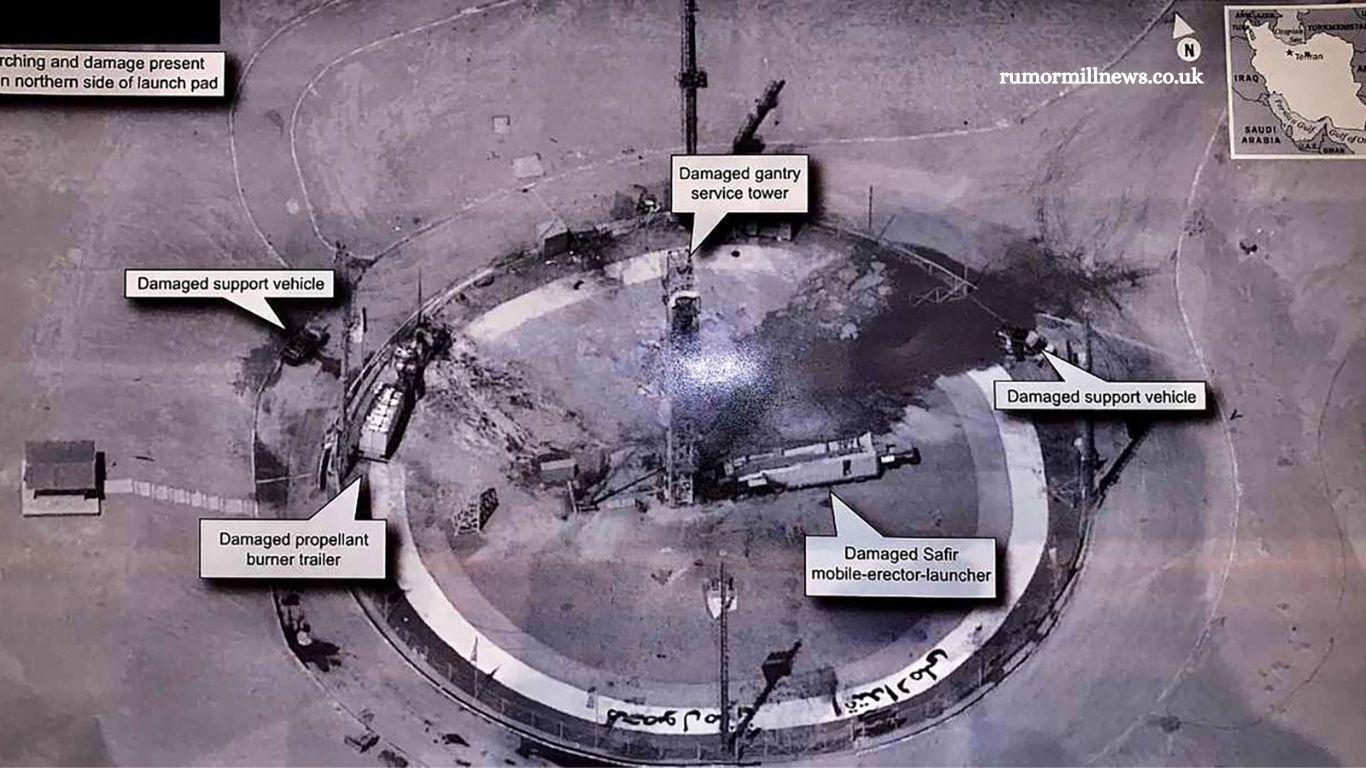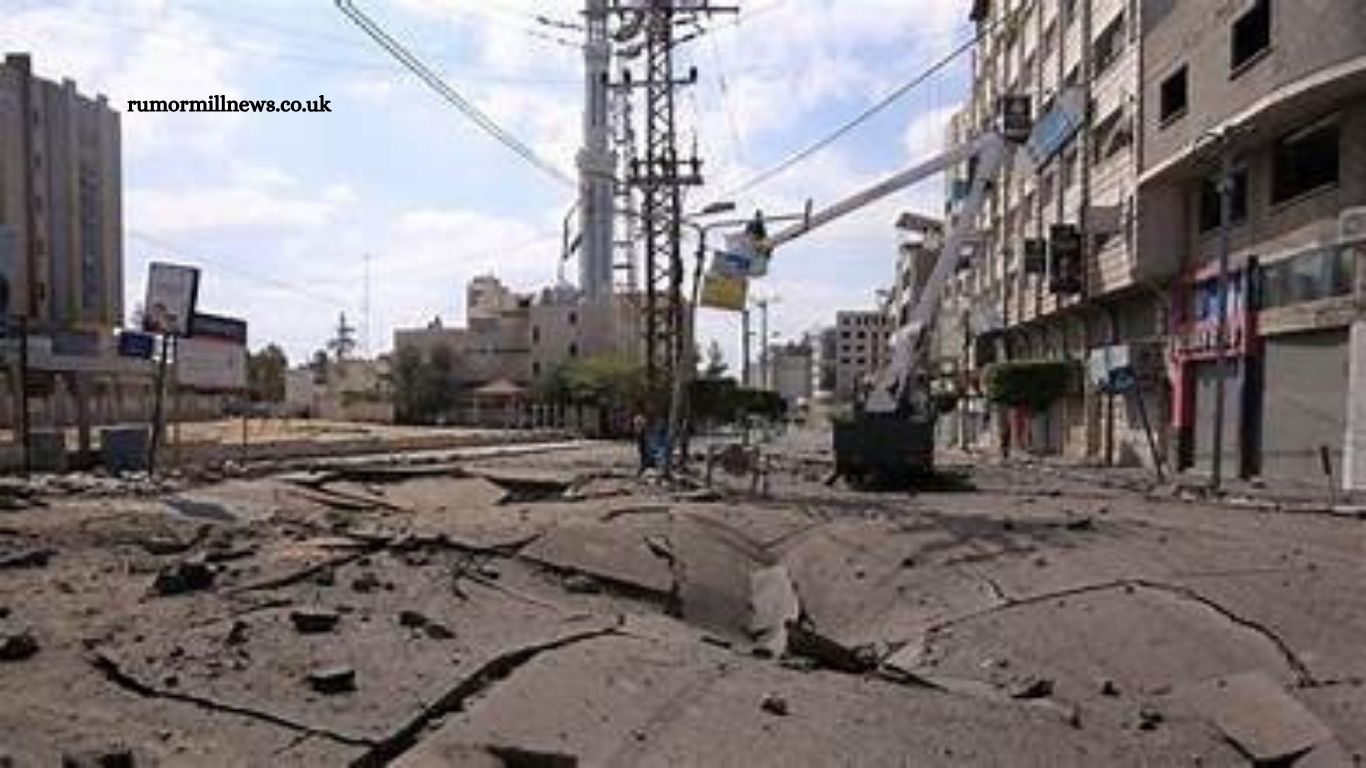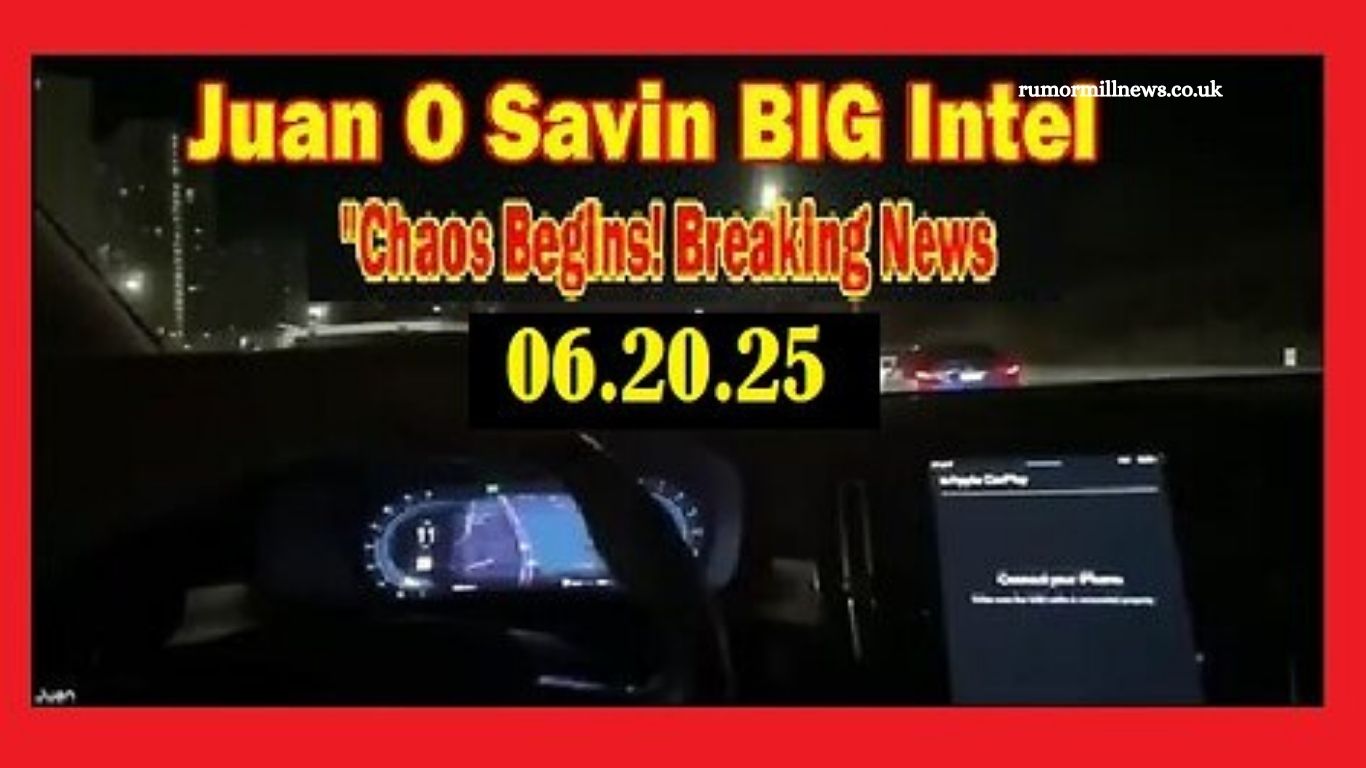United States airstrikes destroyed Iran’s top nuclear facilities, marking a dramatic military escalation. Former President Donald Trump claimed complete obliteration of sites at Fordow, Natanz, and Esfahan—critical components within Iran’s nuclear infrastructure. Trump hailed the mission a spectacular success, crediting American forces with flawless execution. B-2 bombers, Tomahawk missiles struck fortified targets, showcasing unmatched U.S. military precision.
Iran responded with threats, raising fears of wider conflict. Trump emphasized strength, signaled openness toward peace. This operation shifted dynamics across Middle East tensions, setting new precedents surrounding nuclear deterrence, regional power, and global diplomacy. Reactions continue emerging, with global leaders urging restraint, caution, and diplomacy.
Precision Strikes Target Iran’s Nuclear Heartland
In a national address on Saturday evening, Trump confirmed that the U.S. military had launched a full-scale assault on three of Iran’s most critical nuclear sites. These included:
- Fordow: A deeply buried nuclear facility inside a mountain.
- Natanz: Iran’s central uranium enrichment plant.
- Esfahan: Known for its nuclear research and uranium conversion.
“All planes are now outside of Iranian airspace,” Trump posted on Truth Social, emphasizing that no U.S. aircraft were lost and all personnel were safe.
The Power Behind the Strike: B-2 Bombers and Tomahawks
According to Fox News host Sean Hannity, who claimed to have spoken directly with Trump, B-2 Spirit stealth bombers dropped six “massive” bunker-buster bombs on the Fordow facility. These GBU-57 Massive Ordnance Penetrators (MOPs) are among the most powerful non-nuclear weapons in the U.S. arsenal, specifically designed to destroy hardened underground targets.
In addition to the aerial bombardment, Tomahawk cruise missiles were reportedly launched from U.S. submarines, delivering precision strikes on other Iranian military installations and nuclear sites.
Open-source intelligence platforms also tracked the trans-Pacific movement of B-2 bombers earlier in the day, fueling speculation of a large-scale strike.
High Risk of Retaliation from Tehran
The attacks are expected to provoke a strong Iranian response, with Tehran warning that any direct U.S. involvement would trigger retaliatory strikes across the region. Iran’s Revolutionary Guard has already placed missile units and air defense systems on high alert.
Military analysts caution that the operation may ignite a broader conflict, especially given Iran’s capacity to strike U.S. bases in Iraq, Syria, and the Persian Gulf.
A New Phase in US-Israel-Iran Tensions
The strikes come amid rising tensions between Israel and Iran, as the Israeli Defense Forces have been conducting their military operations aimed at dismantling Iran’s nuclear and military programs. Over the past week, Israeli air raids have reportedly hit dozens of targets across Iran, including scientific research centers, missile silos, and command facilities.
While Trump previously supported diplomacy and efforts to renegotiate a nuclear deal with Iran, Saturday’s strike signals a sharp shift toward military confrontation.
Global Reactions and Strategic Implications
World leaders are closely watching the aftermath. Many Western allies have called for restraint and diplomatic dialogue, while others have voiced concerns about escalation leading to all-out war in the Middle East.
Military analysts note that the U.S. strike demonstrates unmatched capability in long-range precision warfare. The use of stealth bombers, submarine-launched missiles, and next-generation targeting technologies illustrates the reach and dominance of American military power, particularly against fortified targets.
Trump’s Message: “Now Is the Time for Peace”
Despite the heavy firepower deployed, Trump emphasized a desire for de-escalation. “NOW IS THE TIME FOR PEACE!” he wrote online, suggesting that future strikes could occur if Iran does not stand down.
During his national address, Trump also praised U.S. military personnel, calling them “American warriors unlike any other force in the world.” He reaffirmed his commitment to protecting national interests while keeping the door open for peace.
Frequently Asked Questions
Why did the U.S. strike Iran now?
The strike follows rising tensions between Israel and Iran and comes after days of speculation. Trump reportedly decided multiple provocations and Iran’s nuclear advancements.
What sites were targeted in the attack?
The U.S. targeted three major nuclear facilities: Fordow, Natanz, and Esfahan — all crucial to Iran’s uranium enrichment program.
What weapons were used in the strike?
The U.S. deployed B-2 Spirit stealth bombers armed with GBU-57 bunker-buster bombs and Tomahawk cruise missiles launched from submarines.
How has Iran responded?
As of now, Iran has threatened retaliation but has not officially responded militarily. However, regional tensions remain high.
Did the attack result in casualties?
The U.S. has not reported any American casualties. Iranian casualties or damages have yet to be confirmed by independent sources.
What makes Fordow such a significant target?
Fordow is heavily fortified and located underground, making it one of the most secure nuclear sites in Iran. Destroying it sends a powerful message.
Was this attack coordinated with Israel?
While coordination hasn’t been officially confirmed, the timing suggests that the U.S. action aligns with Israel’s ongoing anti-nuclear campaign in Iran.
Could this lead to a larger war?
The risk of a broader regional conflict is real, especially if Iran retaliates. Analysts warn that further strikes or miscalculations could trigger war.
Conclusion
The U.S. airstrikes on Iran’s nuclear facilities represent a turning point in the ongoing conflict involving the U.S., Israel, and Iran. With powerful military assets deployed and critical infrastructure destroyed, the message is clear: the U.S. is willing to use force to halt Iran’s nuclear ambitions.
Yet, amid the fiery rhetoric and show of strength, Trump’s closing remarks offer a glimmer of diplomacy. “Now is the time for peace,” he said, suggesting that while the bombs have dropped, the future remains uncertain.
Whether this action deters Iran or ignites further conflict will depend on Tehran’s next move—and how the world responds.




